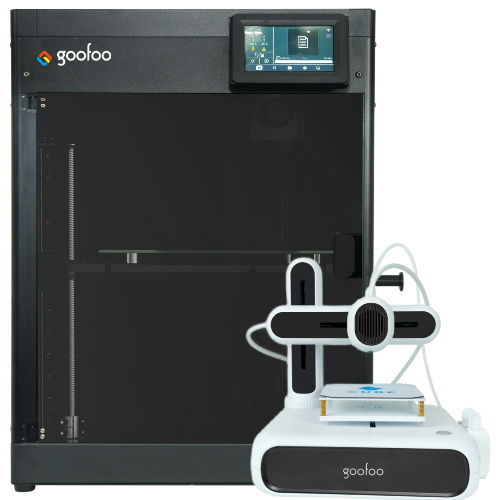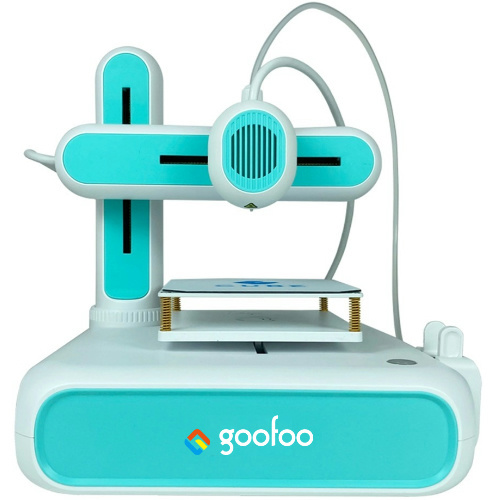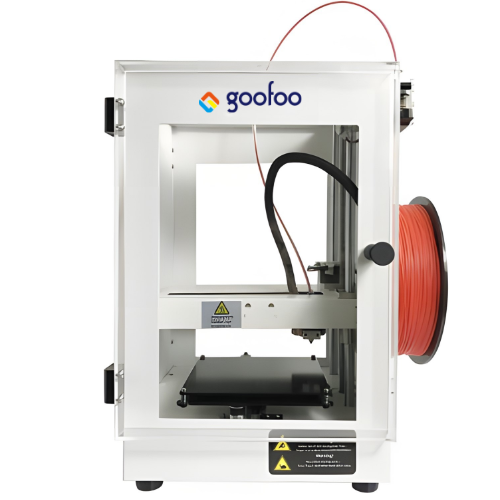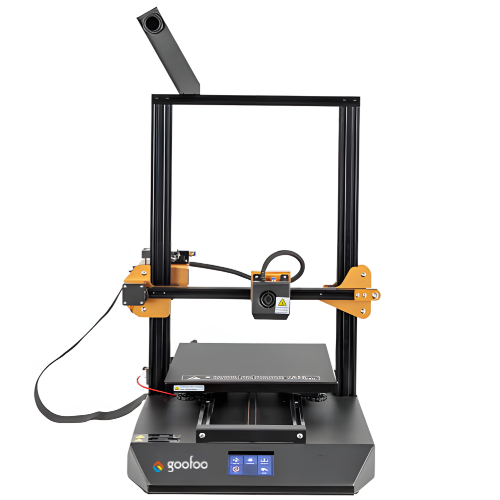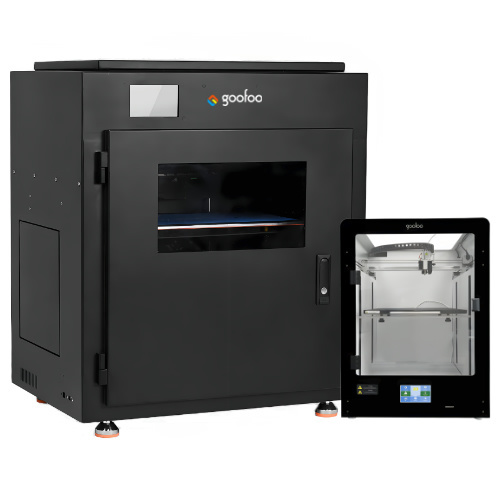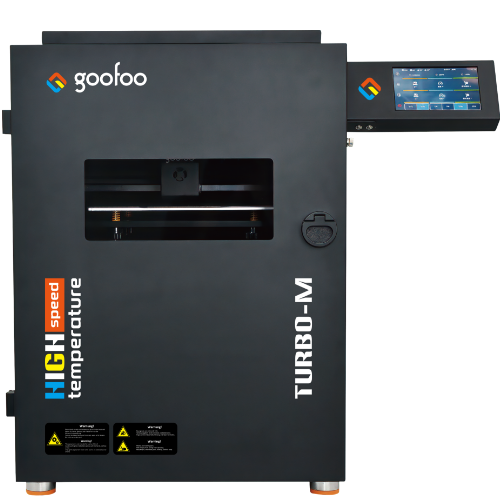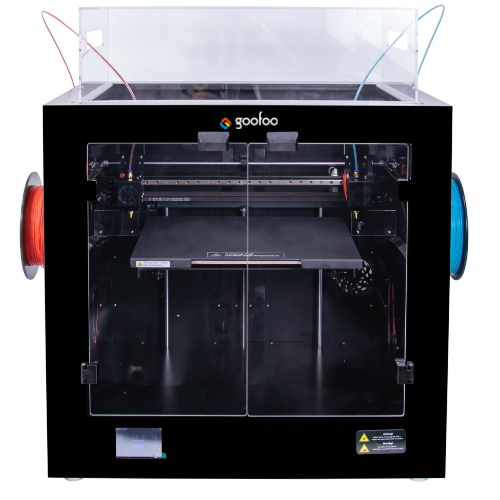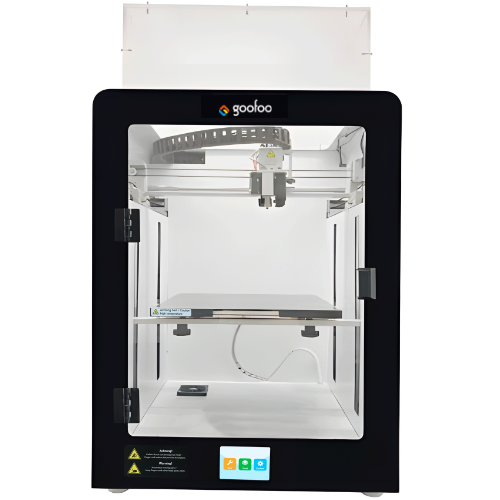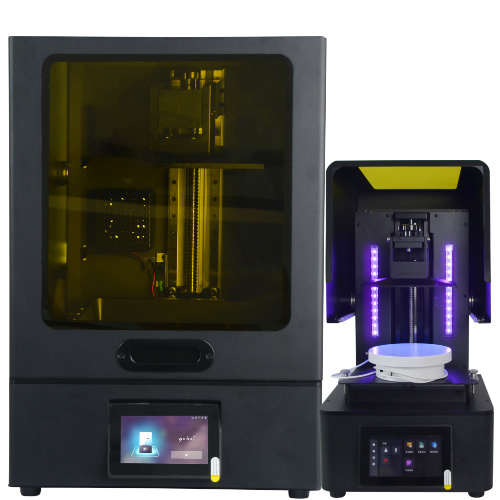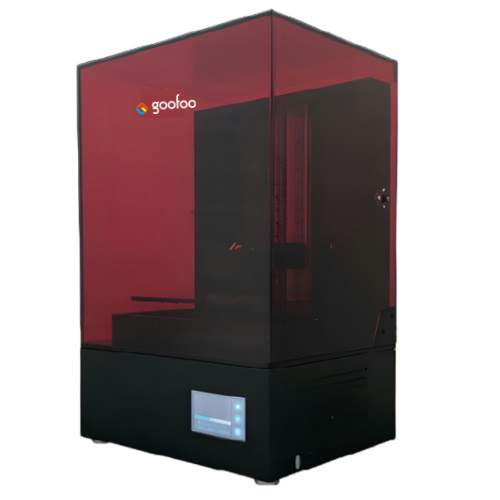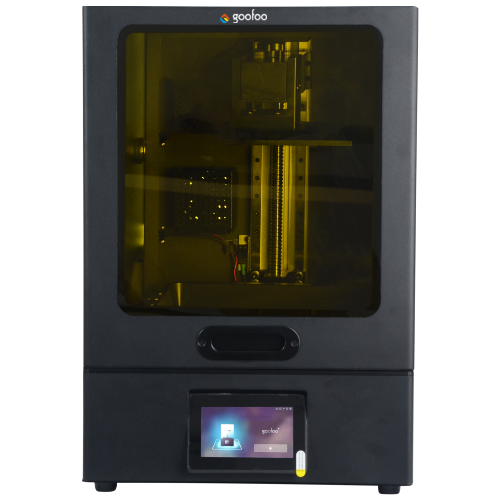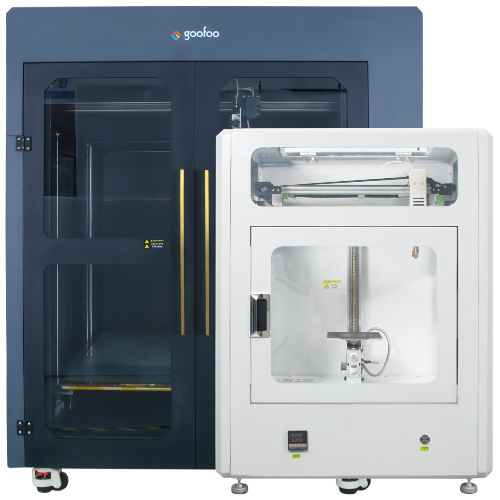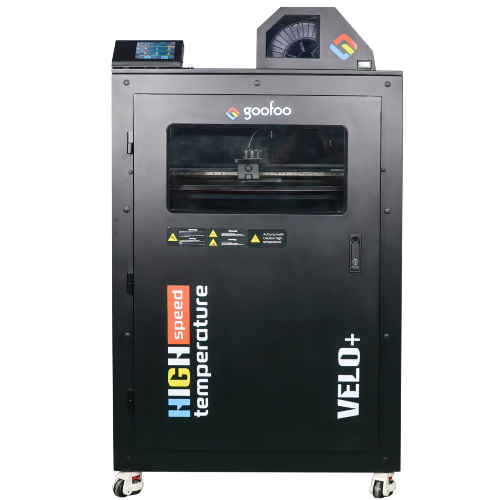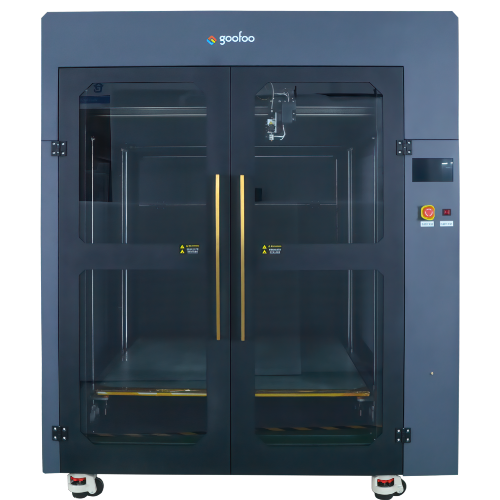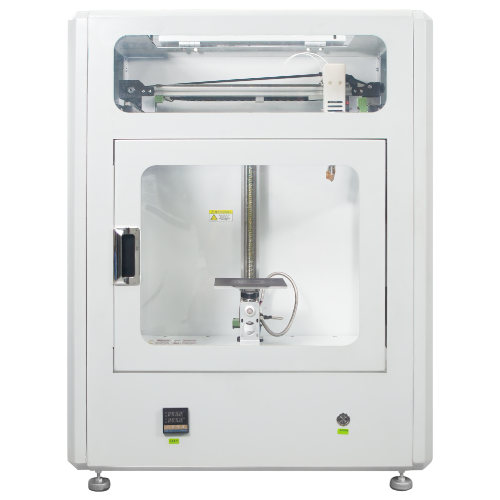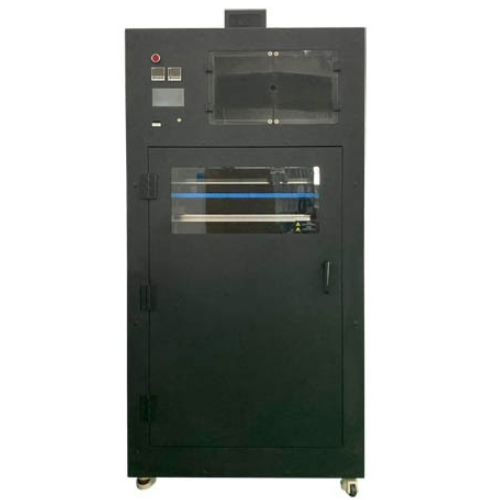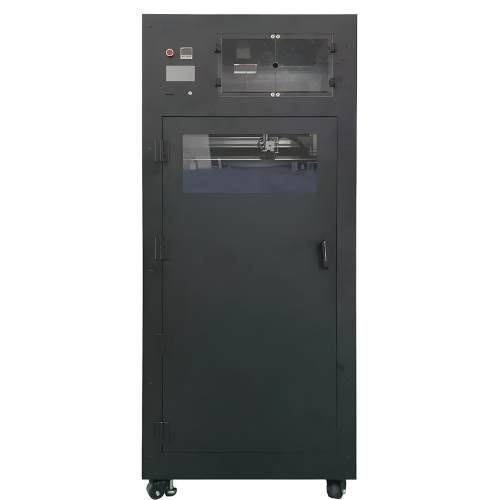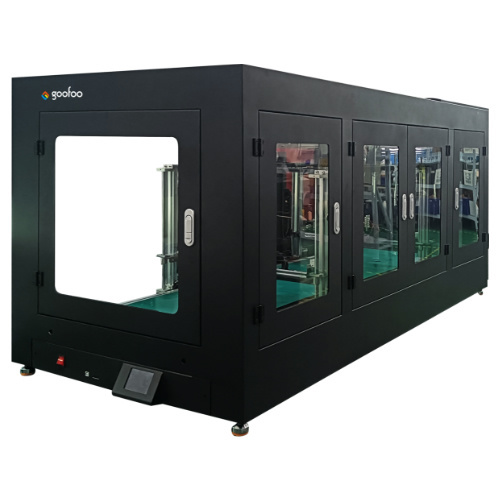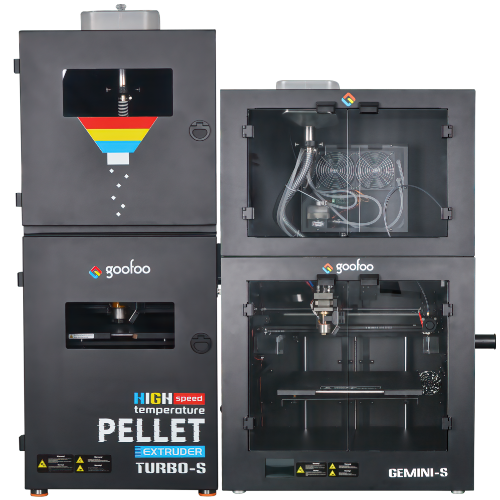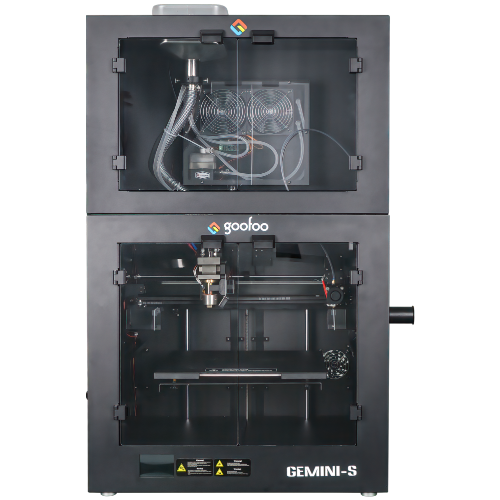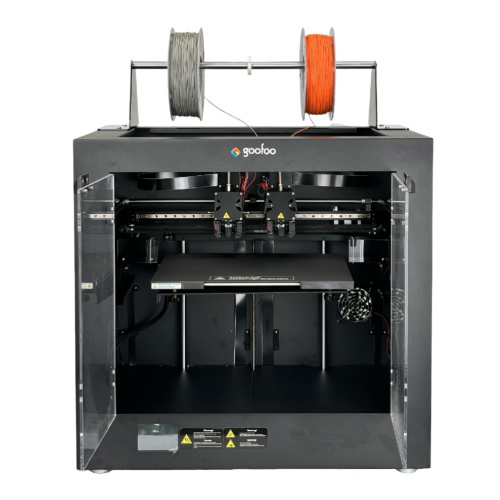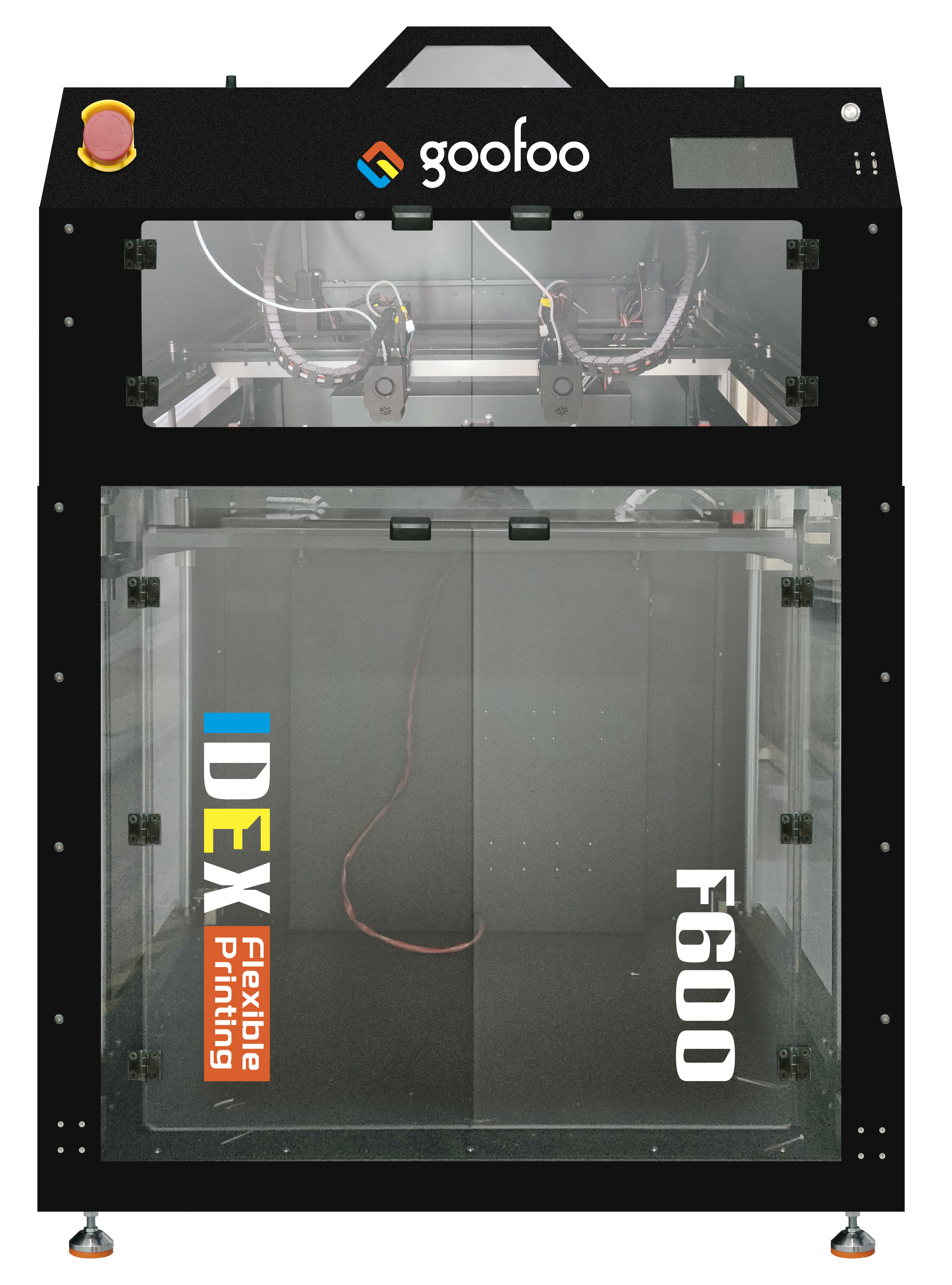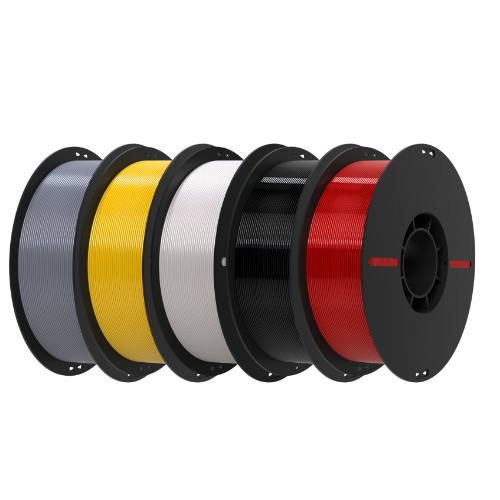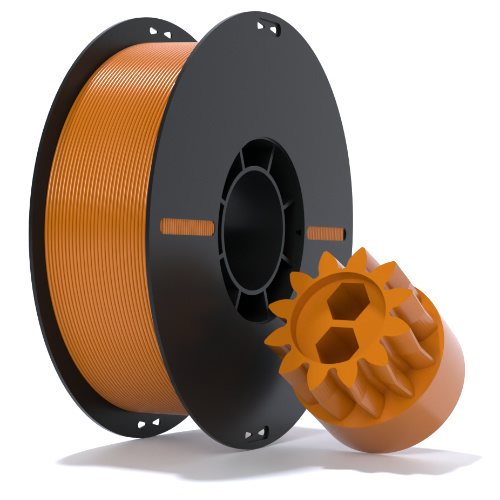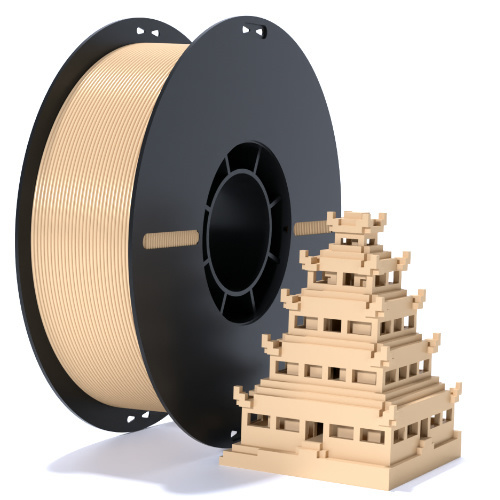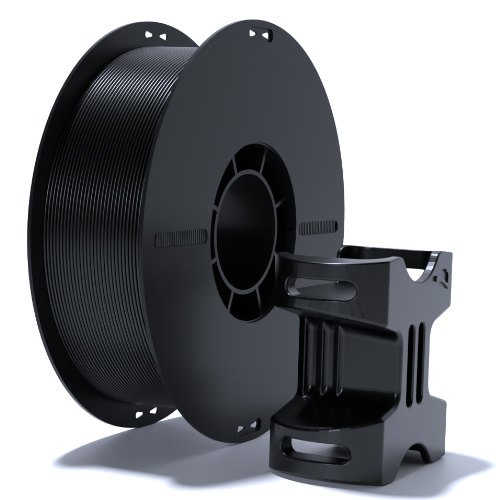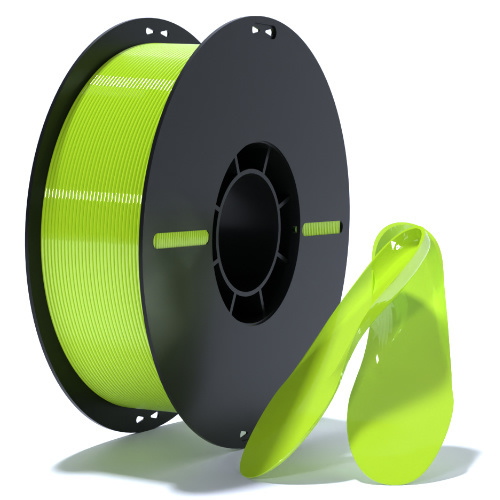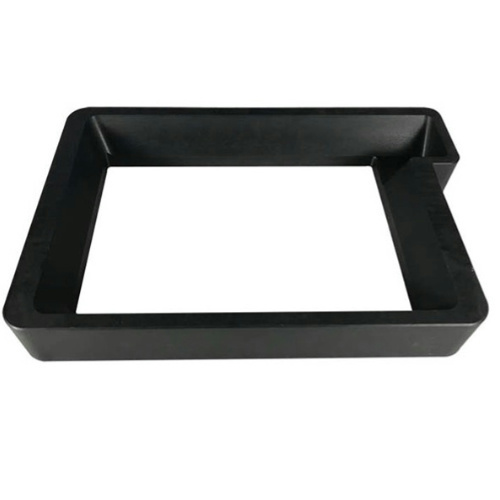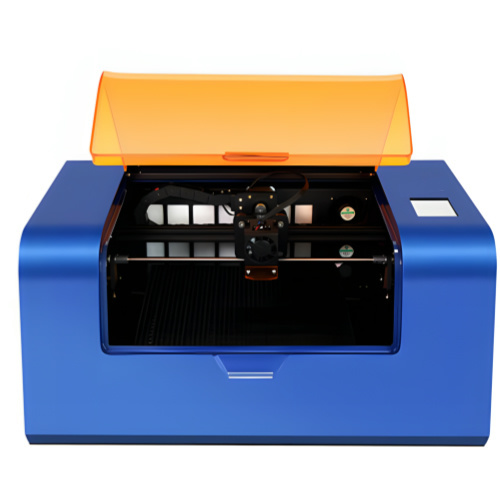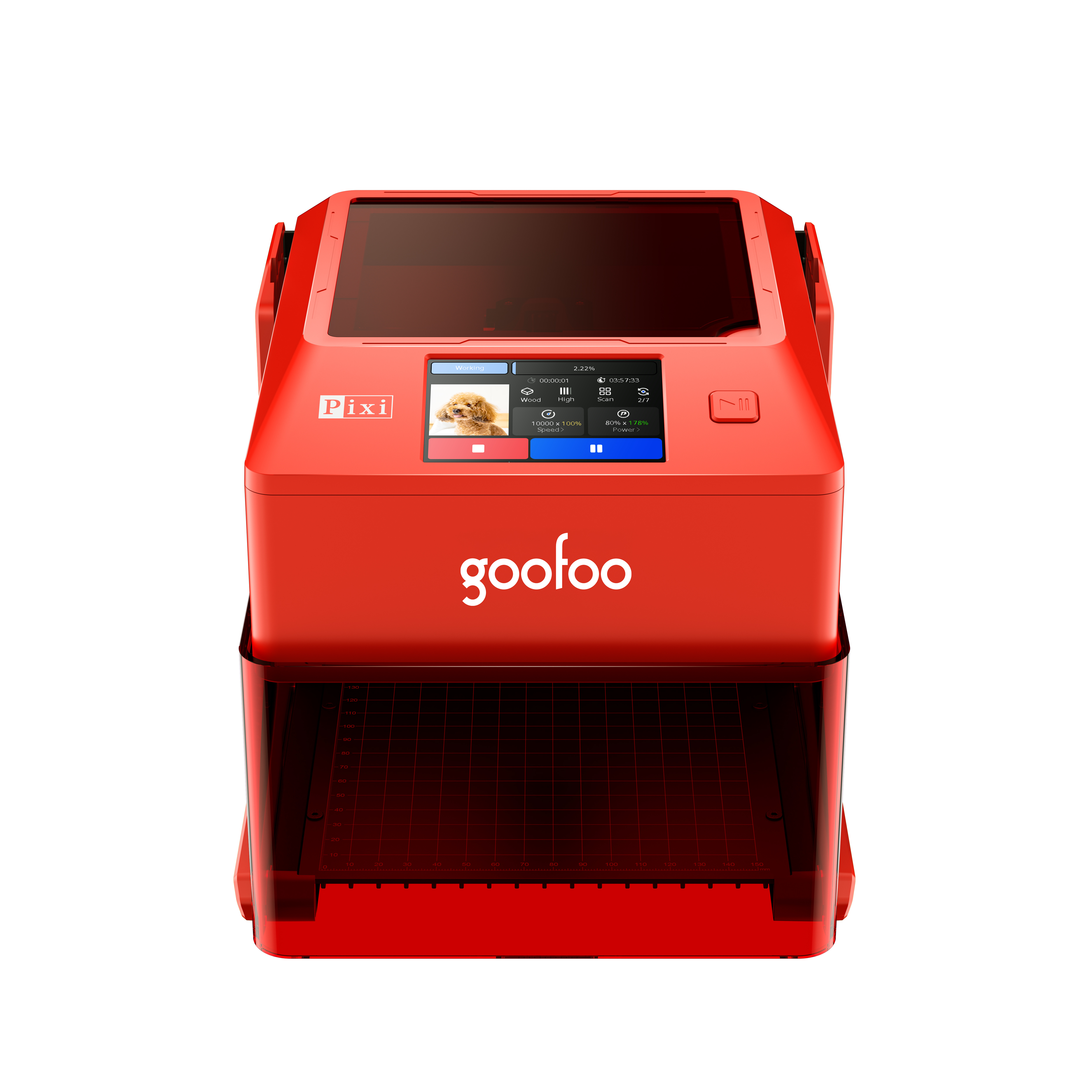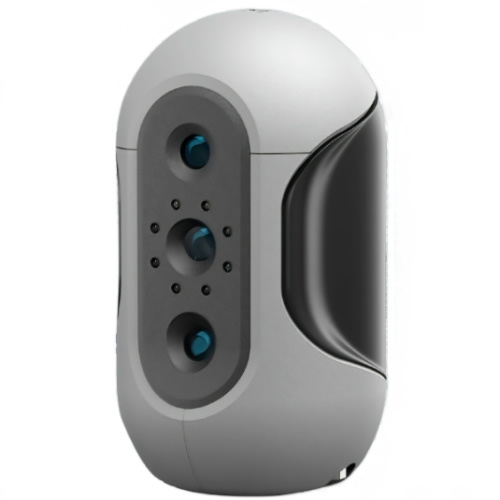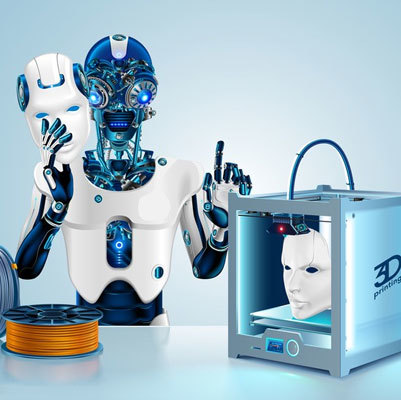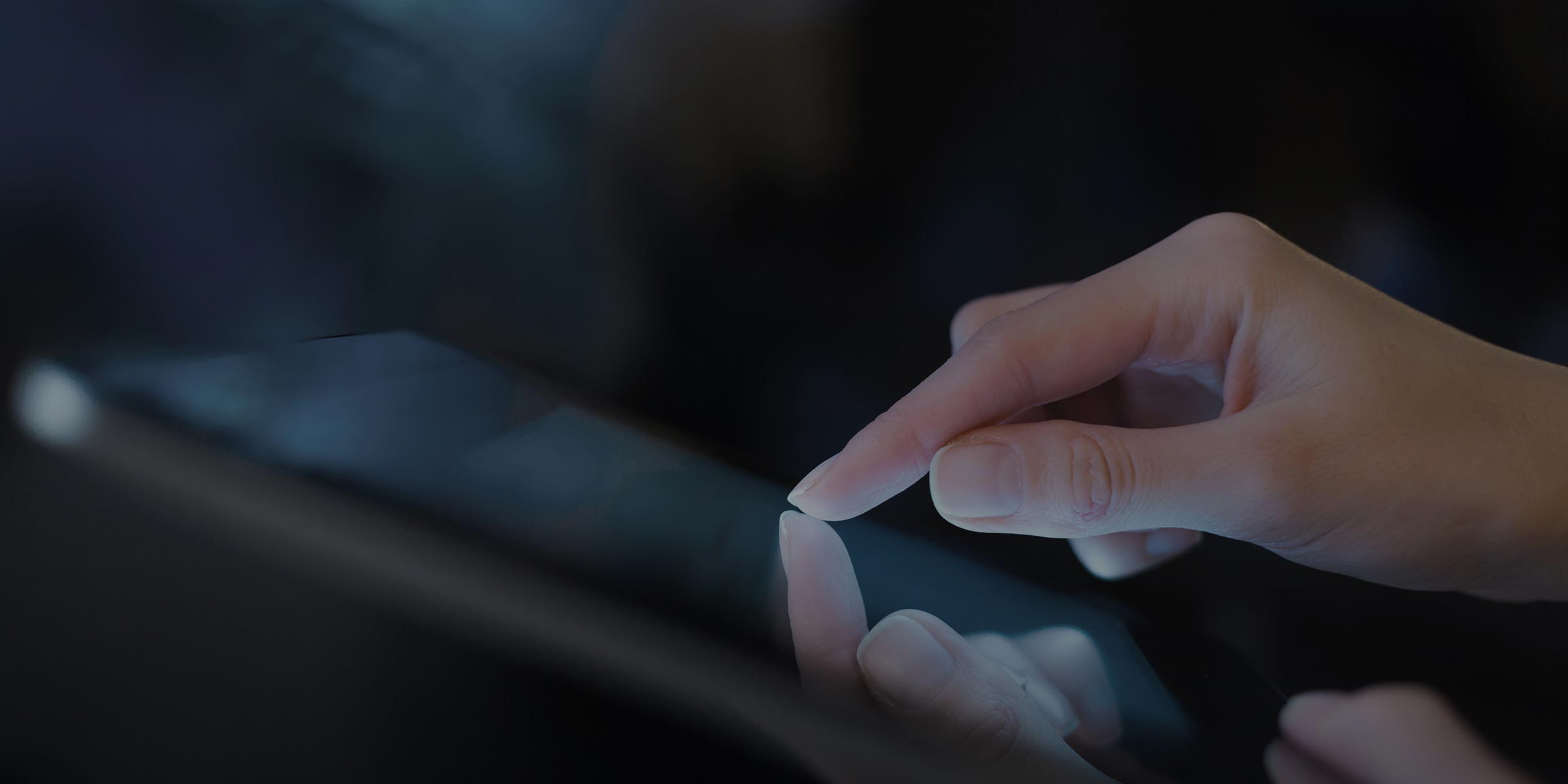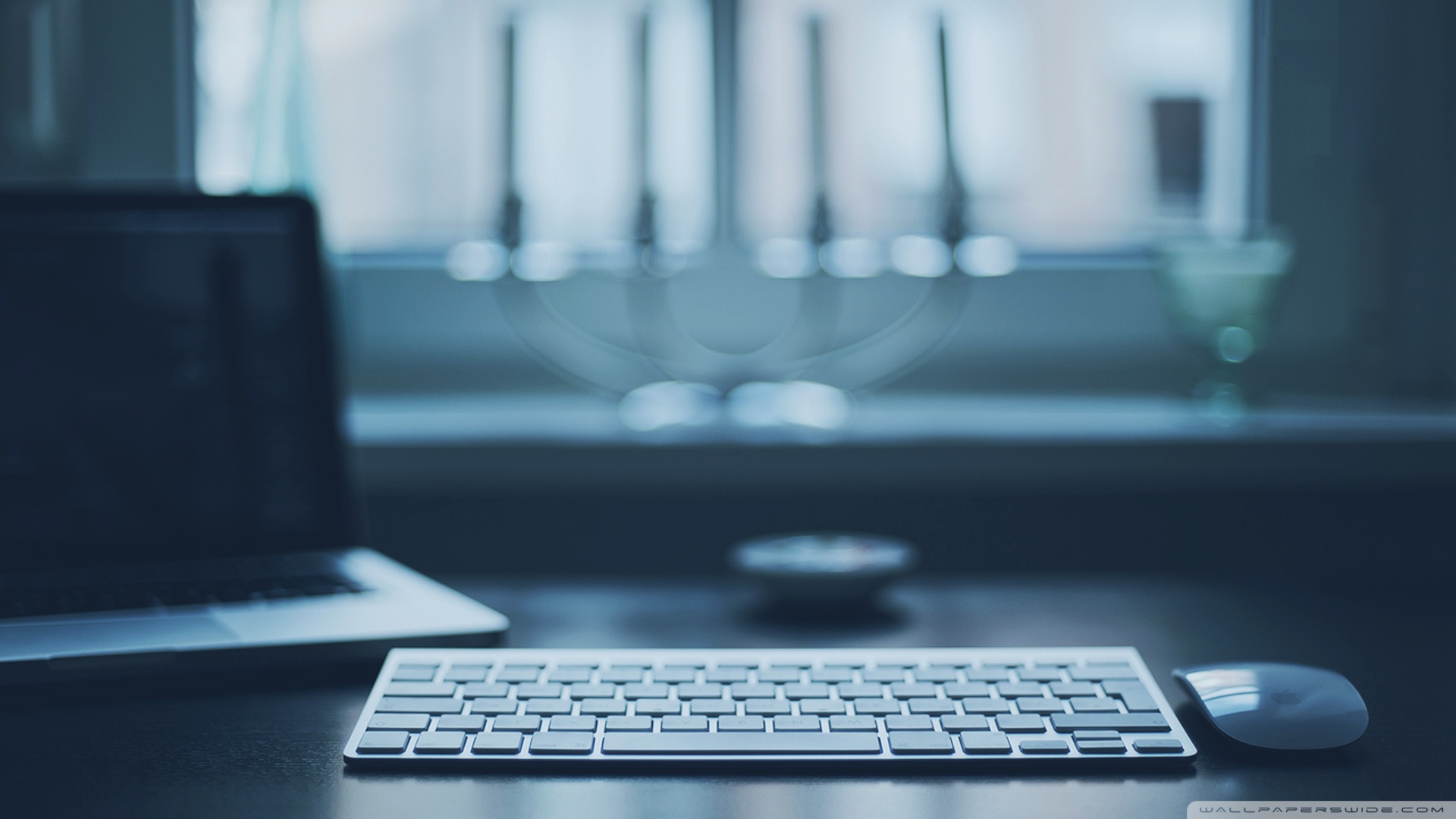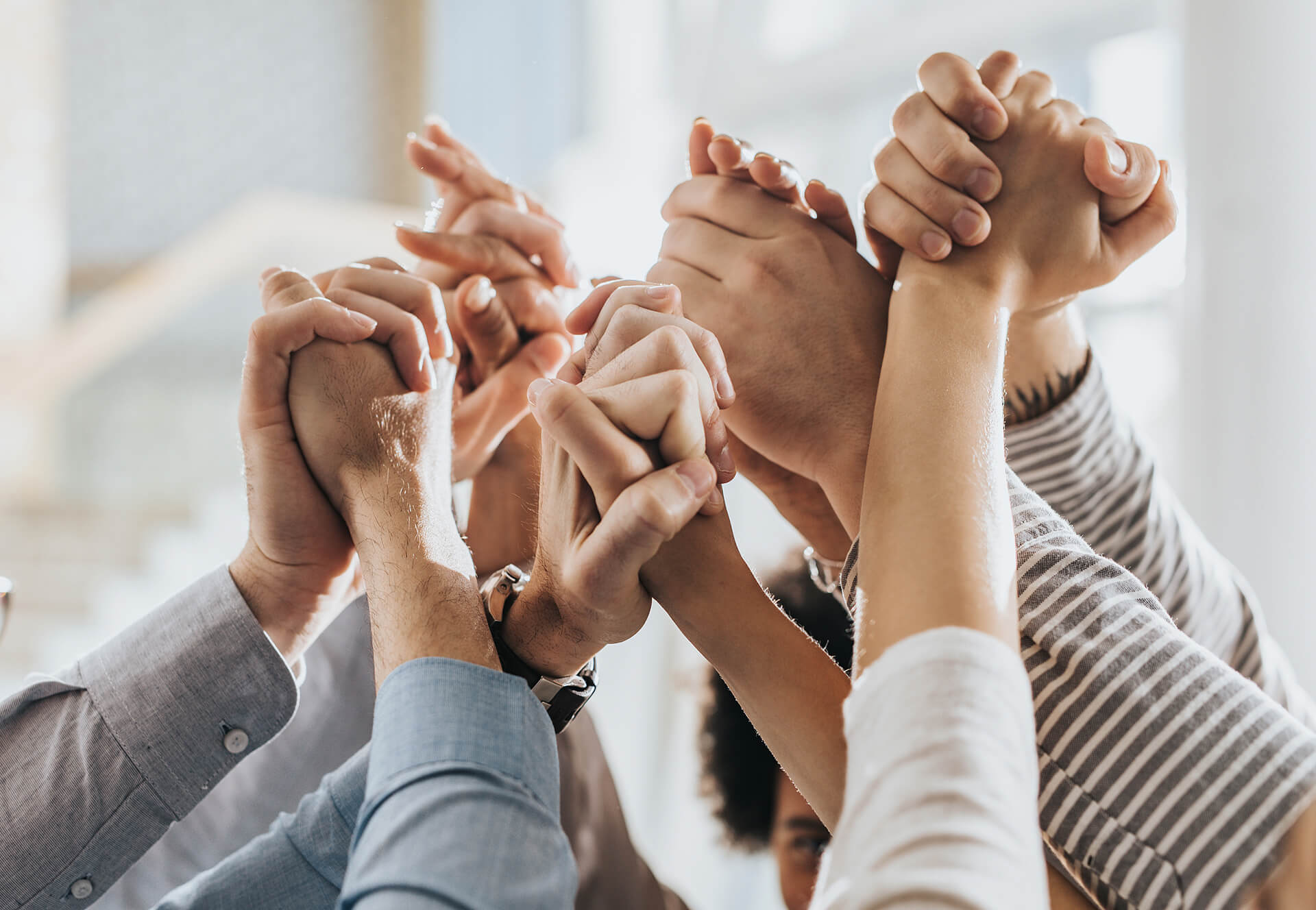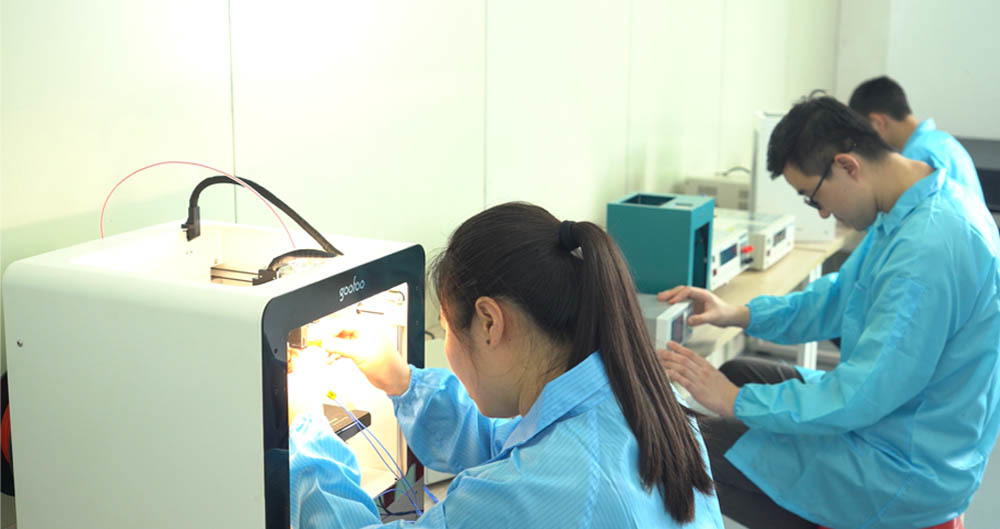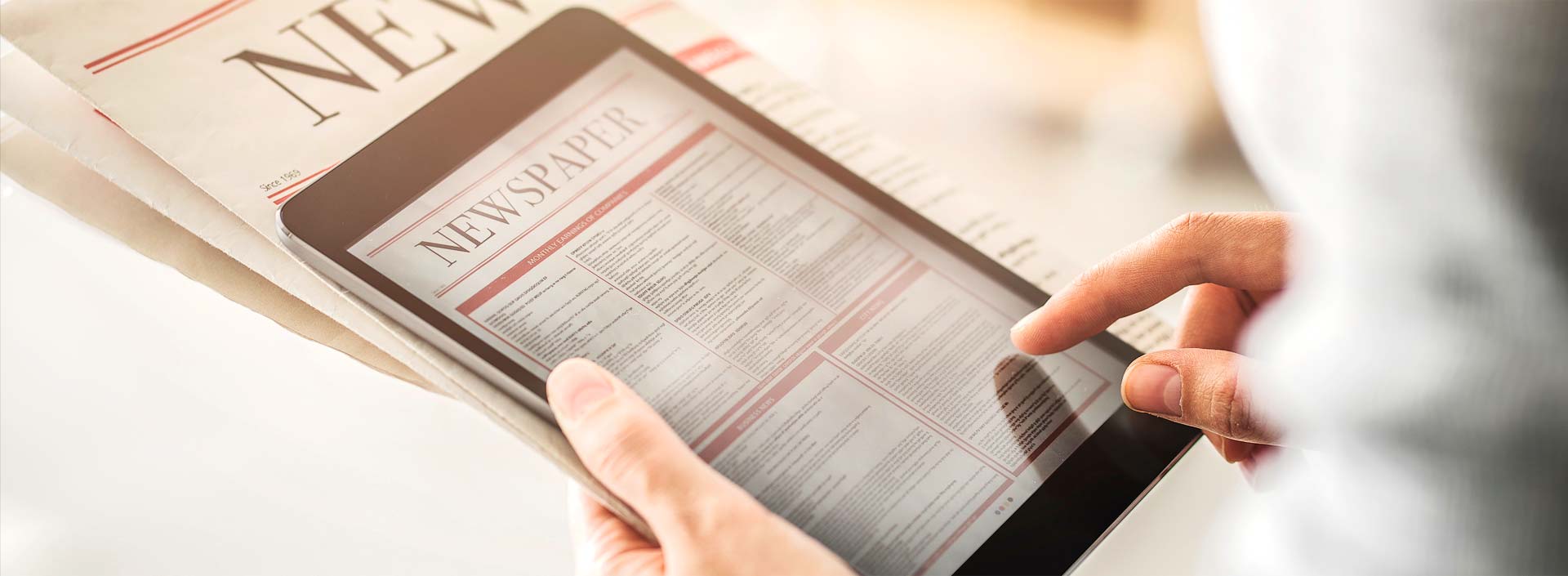All Categories
Get Inspired: 3D Printer Projects for Beginners to Advanced Users
2025-07-15 12:20
Get Inspired: 3D Printer Projects for Beginners to Advanced Users
Table of Contents
- Introduction to 3D Printing
- The Benefits of 3D Printing
- Essential Tools and Materials for 3D Printing
- 3D Printing Projects for Beginners
- Intermediate 3D Printing Projects
- Advanced 3D Printing Projects
- Tips for Successful 3D Printing
- Conclusion
- Frequently Asked Questions
Introduction to 3D Printing
3D printing has revolutionized the way we create and manufacture objects. This innovative technology allows users to turn digital designs into tangible items, ranging from simple toys to intricate mechanical parts. For both beginners and advanced users, 3D printing offers infinite possibilities for creativity and invention. In this article, we will explore a variety of projects tailored to different skill levels, ensuring that every enthusiast finds something inspiring.
The Benefits of 3D Printing
The rise of 3D printing has brought about numerous advantages for individuals and businesses alike. Here are some key benefits:
1. Customization and Personalization
With 3D printing, you can create personalized items tailored to your preferences. Whether it's a unique phone case or custom jewelry, the ability to modify designs opens the door to endless possibilities.
2. Cost-Effective Prototyping
For entrepreneurs and inventors, 3D printing offers a cost-effective way to prototype new products. Instead of investing in expensive molds or manufacturing processes, you can produce prototypes quickly and affordably.
3. Reduced Waste
Traditional manufacturing often results in significant material waste. In contrast, 3D printing utilizes additive manufacturing, which means materials are only used where necessary. This aspect makes it an eco-friendly choice for producing items.
4. Accessibility
As 3D printers become more affordable and widespread, access to this technology has increased. Now, anyone with a creative vision can bring their ideas to life, regardless of their background or experience.
Essential Tools and Materials for 3D Printing
Before diving into 3D printing projects, it’s essential to gather the necessary tools and materials. Here’s what you need:
1. 3D Printer
Invest in a reliable 3D printer that suits your needs. For beginners, an entry-level FDM printer is a great starting point, while advanced users might prefer a resin printer for high-detail prints.
2. Filament
Choose the right filament based on your projects. PLA, ABS, and PETG are popular options, each with unique properties that cater to different applications.
3. Design Software
Familiarize yourself with 3D design software such as Tinkercad, Fusion 360, or Blender. These tools enable you to create or modify designs before printing.
4. Print Bed Adhesive
Ensure that prints stick well to the print bed by using adhesives like glue sticks, painter's tape, or specialized 3D printing adhesives.
5. Finishing Tools
After printing, you may want to smooth or paint your creations. Sandpaper, paint, and other finishing tools will help you achieve a polished look.
3D Printing Projects for Beginners
If you’re new to 3D printing, start with simple projects that build your skills and confidence. Here are a couple of inspiring ideas:
Simple Accessories to Start With
Creating small accessories is an excellent way for beginners to practice. Here are a few ideas:
1. Keychains
Design a personalized keychain featuring your name or favorite design. This project helps you learn the fundamentals of design and printing.
2. Phone Stand
A simple, functional phone stand can be designed to hold your device at the perfect angle. This project will teach you about dimensions and stability in design.
Fun Toys and Models for Kids
3D printing toys can be a fun and rewarding experience. Consider these projects:
1. Action Figures
Create action figures or characters from your favorite movies or games. This project allows you to experiment with detail and scale.
2. Puzzle Pieces
Design a custom puzzle that challenges friends and family. This project encourages creativity in both design and assembly.
Intermediate 3D Printing Projects
Once you’re comfortable with basic projects, it’s time to tackle intermediate challenges that incorporate functionality and design complexity.
Creating Unique Home Decor Items
Home decor projects can enhance your living space and demonstrate your 3D printing skills. Consider these ideas:
1. Planters
Design sleek and stylish planters to showcase your favorite plants. This project will help you understand how to create functional yet aesthetic items.
2. Wall Art
Create geometric wall art or customized name plaques that add a personal touch to your home. This project encourages creativity in design and color selection.
Functional Items for Everyday Use
Crafting functional items can be both practical and satisfying. Here are some suggestions:
1. Cable Organizers
Design a cable organizer that helps keep your workspace tidy. This project will teach you about efficient design for utility.
2. Bag Clips
Create custom bag clips for sealing snacks or food items. This simple project enhances your understanding of function and design.
Advanced 3D Printing Projects
For those with experience, advanced projects can push the boundaries of your creativity and skill. Here are some inspiring ideas:
Designing Mechanical Parts and Prototypes
Creating mechanical parts requires precision and attention to detail. Consider these advanced projects:
1. Gears and Mechanisms
Design a set of gears that work together in a mechanism. This project will deepen your understanding of engineering principles and tolerances.
2. Custom Robotics Parts
Create custom parts for robotic projects, such as mounts or chassis. This project will allow you to apply your skills in a practical, high-tech context.
Artistic Creations and Sculptures
For those inclined towards art, 3D printing can be an exciting medium. Explore these artistic projects:
1. Abstract Sculptures
Design and print abstract sculptures that challenge traditional forms. This project encourages experimentation with shape and structure.
2. Functional Art Pieces
Create art that serves a purpose, such as a lamp or a decorative shelf. This project merges creativity with functionality.
Tips for Successful 3D Printing
To ensure your 3D printing experience is enjoyable and productive, consider the following tips:
1. Calibration is Key
Regularly calibrate your printer to ensure accurate dimensions and quality prints. A well-calibrated printer will significantly reduce print failures.
2. Experiment with Settings
Don’t be afraid to tweak print settings like temperature, speed, and layer height. Experimenting will help you learn what works best for your printer and materials.
3. Join Online Communities
Engage with online 3D printing communities to share experiences, seek advice, and gather inspiration. Platforms like Reddit and dedicated forums can be valuable resources.
4. Document Your Process
Keep a log of your projects, including successes and failures. This documentation will help you refine your skills and learn from past experiences.
5. Have Fun and Get Creative
The beauty of 3D printing lies in creativity. Embrace the process, try new ideas, and most importantly, have fun!
Conclusion
3D printing offers an incredible avenue for creativity, innovation, and practicality. Whether you are just beginning your journey or are an experienced user looking for new challenges, there is a wealth of projects waiting for you to explore. By engaging with this technology, you not only enhance your skills but also contribute to a culture of creativity and collaboration. So, gather your materials, unleash your imagination, and start printing the incredible!
Frequently Asked Questions
1. What type of 3D printer is best for beginners?
Entry-level FDM printers are great for beginners due to their affordability and ease of use. Look for models with good community support.
2. How do I choose the right filament for my projects?
Consider the properties of the filament, such as strength, flexibility, and ease of use. PLA is ideal for beginners, while ABS and PETG offer different benefits for more advanced users.
3. Can I design my own 3D models?
Absolutely! With software like Tinkercad or Fusion 360, you can create custom designs tailored to your needs.
4. What are common issues faced during 3D printing?
Common issues include print failures, warping, and adhesion problems. Regular calibration and proper settings can help mitigate these problems.
5. How can I improve my 3D printing skills?
Practice regularly, experiment with different techniques, and engage with the 3D printing community to learn from others’ experiences and advice.
3d printer projects
Recommended News
language
English
العربية
বাংলাদেশ
Български
Hrvatski
Česky
Dansk
Nederland
 Esperanto
Esperanto
Slovenski
Filipino
Suomi
Français
Maori
 Shqiptare
Shqiptare
Georgian
 Euskara
Euskara
Deutsch
Ελλάδα
ישראל
इंडिया
Magyarország
Ísland
Indonesia
Irlanda
Italia
日本語
Sovensko
Հայաստան
한국
Kyrgyz
ປະເທດລາວ
 Zulu
Zulu
Latvian
Lithuanian
Luxembourgish
 Latinus
Latinus
Macedonian
Малайская
Maltese
Монгол улс
 Cymraeg
Cymraeg
ဗမာ
 தமிழ்
தமிழ்
नेपाल
Norge
ایران
Polska
Portugal
România
Российская
Србија
 Slovak
Slovak
Србија
 Slovak
Slovak
Bosanski
Slovenian
Беларус
España
Sverige
Точик
ประเทศไทย
Türk
Azərbaycan
Uzbek
 Afrikaans
Afrikaans
Việt Nam
Skype / WhatsApp: +86 592-5713513 / +86-13860126490
No.88-3, North Tongji Road, Xike County, Tong'an District, Xiamen, Fujian China
Xiamen Goofoo Technology Co., Ltd. All Rights Reserved 闽ICP备2022008070号-1 SEO 300.cn
Phone:+0086 592-5713513
Address: No.88-3, North Tongji Road, Xike County, Tong’an District, Xiamen, Fujian China
Email: sales@goofoo3d.com
We will give you feedback in time

